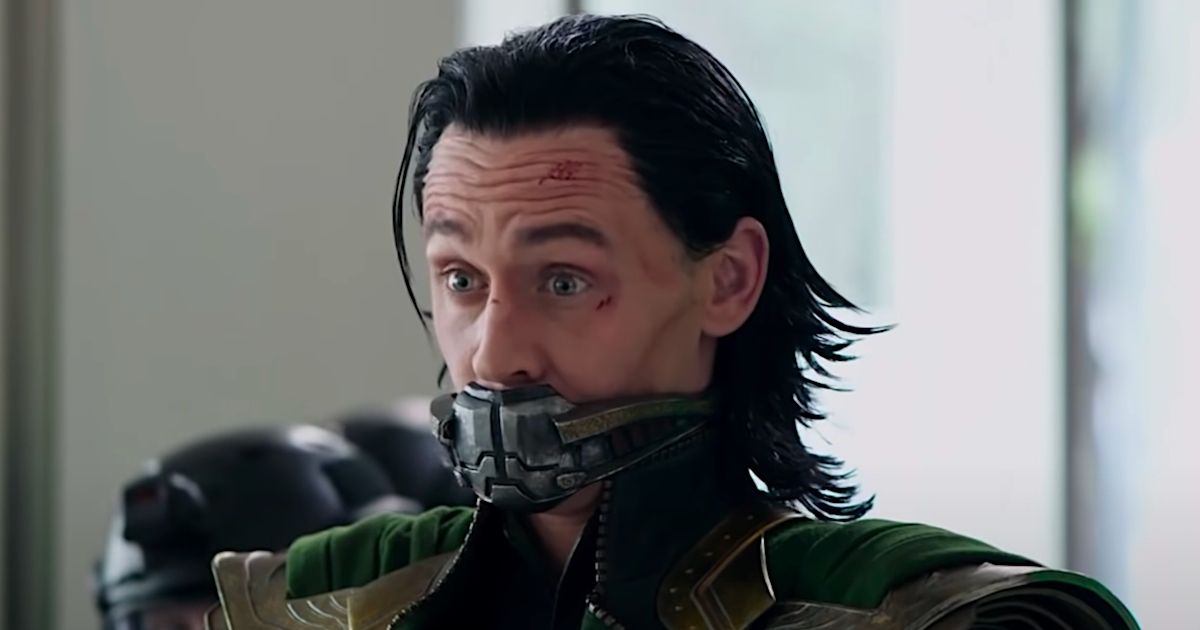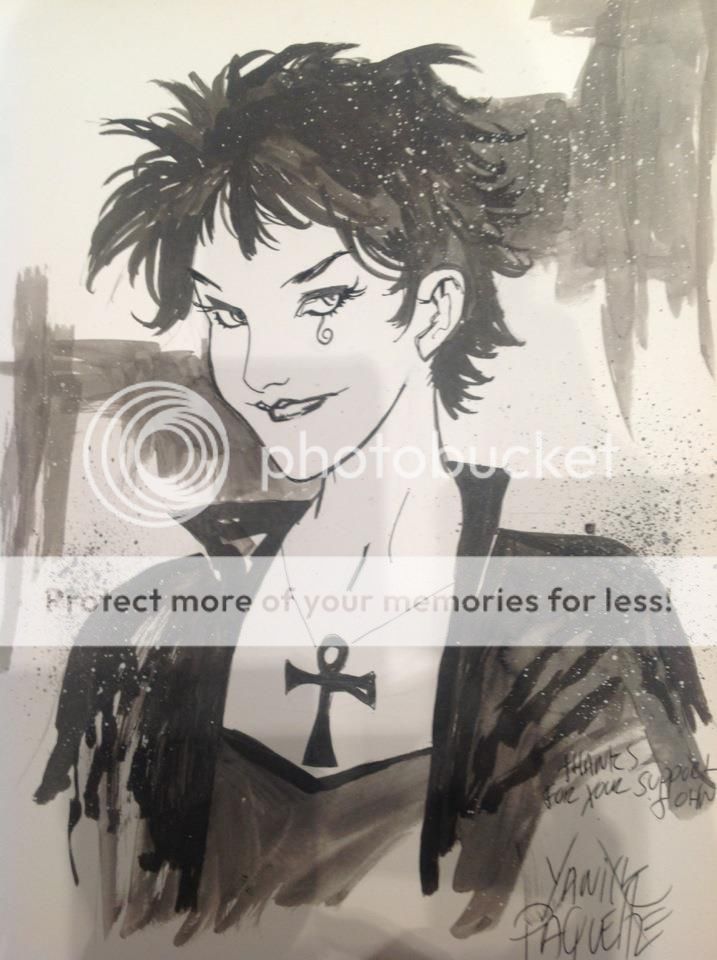THE SANDMAN #21: SEASON OF MISTS, A PROLOGUE
And so I begin The Absolute Sandman Volume 2. The "Season of Mists" storyline just blew me away when I initially read it, and it has loomed large as my favourite volume of the series ever since, so I'm intrigued to go back to it now and see if it's as incredible as I remember. The arc proper doesn't get started until next issue, but here we're treated to a family meeting of The Endless, including the first appearances of Destiny and Delirium. The Endless are fantastic creations, and so reading extended interactions between them like in this issue is always a delight. Perhaps the highlight of this chapter are the 3 pages of prose that introduce each of the present Endless in turn, demonstrating the ingenuity, nuance and boundless imagination that Gaiman put into bringing each of them to life. If there's a downside to this issue, it's that the art of the normally dependable Mike Dringenberg feels a bit sloppy and rushed in places.
THE SANDMAN #22: SEASON OF MISTS, CHAPTER ONE
"Once upon a time, there was a place that wasn't a place." This is our (re)introduction to Gaiman's Hell, and as opening lines go, that's one that's stuck with me long since my first reading. This is where the mesmerising "Season of Mists" saga begins in earnest, though this chapter is entirely composed of build-up. Dream is preparing himself for his journey to hell, where he seeks to rescue his long lost love, and face Lucifer for the first time since crossing him, Meanwhile, in Hell, Lucifer begins his own preparations for Dream's arrival. The amount of gravitas Gaiman sets up in this issue is astounding, as he really amps up the tension of this impending Dream/Lucifer confrontation by showing even Dream to be afraid and unsure of himself. But as well as looking forward, this is an issue where already we feel the dramatic weight of what has come before. From past issues, we revisit Hippolyta Hall and her son, Nada, Hob Gadling, and of course Lucifer and Hell. Kelley Jones is on art duties, and save for the odd awkward ugly face (particularly on Lucifer, supposed to be famous for his beauty but instead left looking like Leland Palmer), Jones does a commendable job, his characters looming large and mighty on the page. There's so much I adore about the "Season of Mists" storyline, which I'm sure I'll get to later, but even in its beginnings you get a sense of Gaiman elevating The Sandman once again to another level.
THE SANDMAN #23: SEASON OF MISTS, CHAPTER TWO
After all the build-up of the previous issue, here we finally get the confrontation between Dream and Lucifer, but it goes very differently than what we might have suspected. There is no massive battle, no hordes of hell waiting to attack Dream. Instead, he arrives to find a Hell whose inhabitants have all been sent away, and a Lucifer who has decided to close up shop and abandon his post, eventually handing Dream the keys to his empty kingdom. This engrossing issue is anchored around Gaiman's excellent realisation of Hell and Lucifer himself, crafting a credible theory of how Hell works and Lucifer's role in the world that allows for some fascinating original thought while not necessarily contradicting Biblical canon either. From here, Lucifer would relocate to Earth and star in his own spin-off comic book series, and Gaiman's characterisation of him in The Sandman was masterful enough to make that series an exciting prospect indeed. Dream's characterisation is more understated, but no less refined, and as this chapter ends our focus shifts back onto him, and the most unenviable conundrum he now faces. Fantastic stuff.
THE SANDMAN #24: SEASON OF MISTS, CHAPTER THREE
I remember when I first read this part of the "Season of Mists" storyline, I marvelled at the sheer scope and ambition behind it all. Here, Gaiman opens up the universe of The Sandman in a manner that suggests all religions and mythologies in history can seamlessly fit into it. This chapter revolves around angels, demons, personifications of the abstract ideas of order and chaos, gods from Egypt and Japan, and the Norse gods, all converging on the Dreaming to petition Morpheus to give them the key to Hell. Retreading this chapter now, I still have great admiration for Gaiman's craft, though now I see his Odin in the context of Wednesday in American Gods, making that aspect of the issue even more intriguing. One thing that doesn't hold up so well on my revisit is Kelley Jones' art. Mostly successful in the past couple of chapters, here Dream in particular suffers from a series of goofy facial expressions. But still, with how the stage is set here, reading on to find out what happens next is an irresistible prospect.
THE SANDMAN #25: SEASON OF MISTS, CHAPTER FOUR
The Sandman begins its third year in much the same way it began its second, taking a brief sojourn from the ongoing storyline to give us an ostensibly standalone tale. This chapter only features brief cameo appearances from Dream and Death, focusing on the wider repercussions of Lucifer's abdication of Hell. Our main character here is Charles Rowland, the lone pupil staying at a formidable old boarding school over the holidays, who finds himself joined by the legions of miserable former students and teachers who died in the school in years past. With the shift more into fantasy territory in the recent issues, this story at points feels like a return to the skin-crawling horror of "24 Hours". However, we don't fully return to that territory, instead veering into a weirdly upbeat, optimistic ending.... well, as upbeat and optimistic as any ending involving the death of a child can be. I liked this issue when I first read it, but I think I like it even more now.





